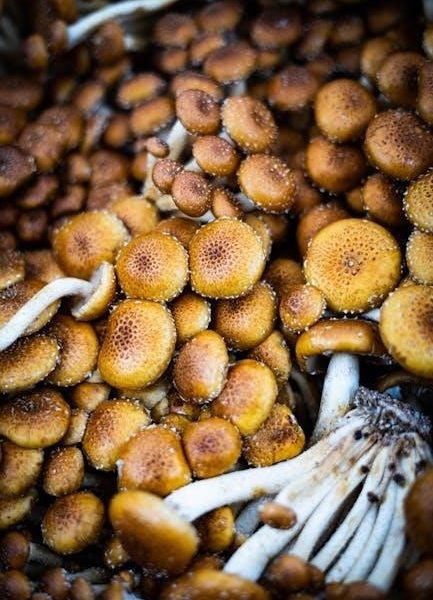
wild food uk foraging pocket guide
Wild food foraging in the UK offers a sustainable way to discover edible species. The Wild Food UK Foraging Pocket Guide provides essential insights, covering over 120 species with detailed descriptions and photos, making it an indispensable resource for both beginners and experienced foragers to identify and safely enjoy wild ingredients.
What is Wild Food Foraging?
Wild food foraging is the practice of searching for and gathering edible plants, fungi, and other organisms in their natural environments. It promotes sustainability and reconnects people with nature. The Wild Food UK Foraging Pocket Guide simplifies this process, offering detailed descriptions and photos to help identify over 120 species. This timeless activity encourages a deeper appreciation of the outdoors while providing fresh, nutrient-rich ingredients for culinary use.
Why Forage for Wild Food in the UK?
Foraging for wild food in the UK is a rewarding and sustainable way to connect with nature and access fresh, nutrient-rich ingredients. With the Wild Food UK Foraging Pocket Guide, enthusiasts can identify over 120 species of plants, fungi, and trees. This practice fosters environmental awareness and promotes responsible harvesting, ensuring a balance between enjoying nature’s bounty and preserving it for future generations.
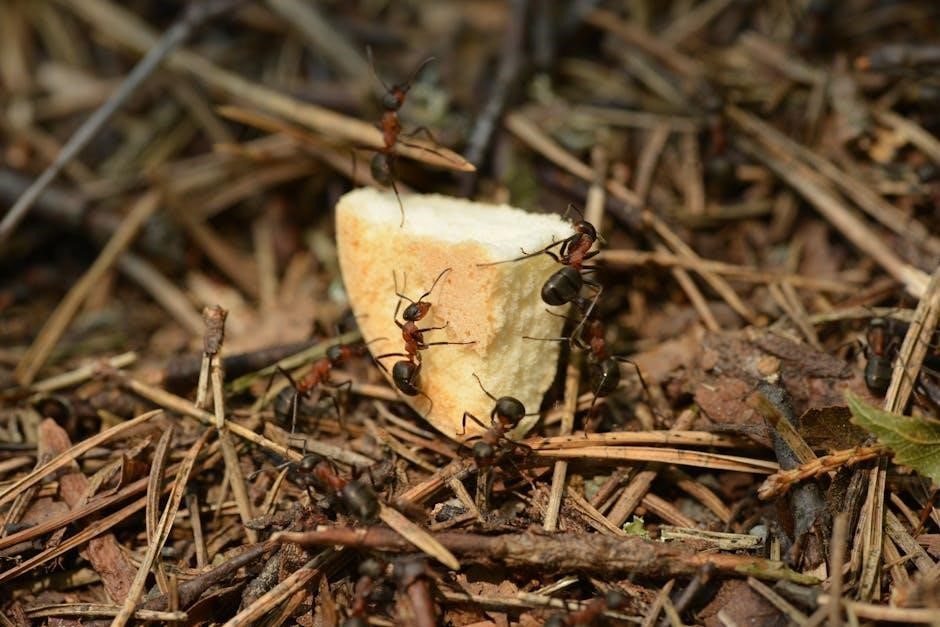
Understanding the Legal and Safety Aspects
Understanding the legal and safety aspects of foraging is crucial for responsible and sustainable practices in the UK. The Wild Food UK Foraging Pocket Guide offers essential insights to ensure safe and lawful foraging experiences.
Legal Guidelines for Foraging in the UK
The Wild Food UK Foraging Pocket Guide emphasizes the importance of understanding legal guidelines for foraging in the UK. It highlights that foraging is generally permitted on public lands but requires permission on private property. The guide also covers regulations regarding protected species and the need to avoid over-foraging to ensure sustainability. By adhering to these guidelines, foragers can enjoy wild foods responsibly while respecting the environment and legal frameworks.
Identifying Safe and Edible Species
The Wild Food UK Foraging Pocket Guide provides detailed descriptions and photos to help identify safe and edible species. It highlights key characteristics, such as leaf shapes, flower colors, and growth habitats, ensuring accurate identification. The guide also includes cross-references to poisonous lookalikes, enabling foragers to avoid mistakes. With clear visuals and concise information, it empowers both novices and experienced foragers to confidently identify wild foods while minimizing risks.
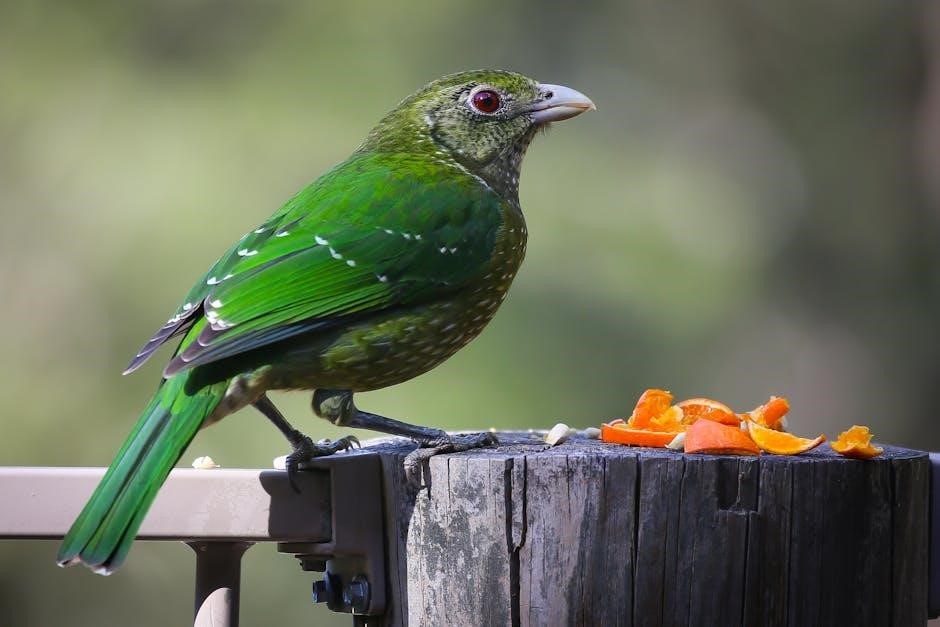
Seasonal Guide to Wild Food in the UK
The UK offers diverse wild foods year-round. Spring brings wild greens, summer ripens berries, autumn yields mushrooms, and winter provides hardy plants for preservation.
Spring Foraging: Wild Greens and Flowers
Spring is ideal for foraging wild greens like wild garlic, dandelion, and sorrel, which thrive in woodlands and meadows. Elderflowers and wild roses begin to bloom, offering fragrant ingredients for teas and desserts. The Wild Food UK Foraging Pocket Guide helps identify these species, ensuring safe and enjoyable harvesting. Early spring also sees the emergence of nettles and cleavers, perfect for soups and infusions, making it a vibrant season for foragers.
Summer Foraging: Berries, Fruits, and Herbs
Summer is the peak season for foraging berries, fruits, and aromatic herbs in the UK. Wild strawberries, raspberries, blackberries, and elderberries ripen, offering sweet treats. Herbs like wild mint, chamomile, and lemon balm thrive, perfect for teas and salads. The Wild Food UK Foraging Pocket Guide provides tips for identifying these species safely, ensuring a bountiful and flavorful summer harvest for foragers of all levels.
Autumn Foraging: Mushrooms, Nuts, and Seeds
Autumn is a prime season for foraging mushrooms, nuts, and seeds in the UK. Species like chestnuts, hazelnuts, and beechnuts are abundant, while mushrooms such as chanterelles and puffballs thrive. The Wild Food UK Foraging Pocket Guide helps identify these treasures safely, providing tips on responsible harvesting and avoiding lookalikes. It’s a great time to stockpile wild ingredients for winter, ensuring a sustainable and flavorful harvest.
Winter Foraging: Hardy Plants and Preservation
Winter foraging in the UK focuses on hardy plants like winter greens, seaweeds, and rose hips. The Wild Food UK Foraging Pocket Guide highlights these resilient species and offers tips on preservation methods such as freezing, pickling, or drying. This season is ideal for stockpiling wild ingredients, ensuring a steady supply of nutritious food throughout the colder months while maintaining sustainable foraging practices.
Essential Tools and Equipment for Foraging
Essential tools for foraging include a sturdy basket, sharp knife, and gloves. The Wild Food UK Foraging Pocket Guide recommends these durable, portable essentials for safe and efficient foraging.
What to Bring on a Foraging Trip
For a successful foraging trip, bring a sturdy basket or bag, a sharp knife for cutting, gloves for protection, and a field guide like the Wild Food UK Foraging Pocket Guide. Include small containers for storing finds, water, and snacks. Wear appropriate clothing and footwear. A magnifying glass and notebook can aid in identifying species. Always carry a portable phone for emergencies and to document your discoveries.
How to Use Foraging Tools Effectively
Using foraging tools effectively starts with a sturdy knife for cutting plants and mushrooms. Carry a basket or bag with separate compartments to keep species organized. Gloves protect hands from thorns and irritants. Use a magnifying glass to examine small details. Always consult a reliable field guide, like the Wild Food UK Foraging Pocket Guide, for accurate identification. Handle tools carefully to avoid damaging plants or your surroundings.
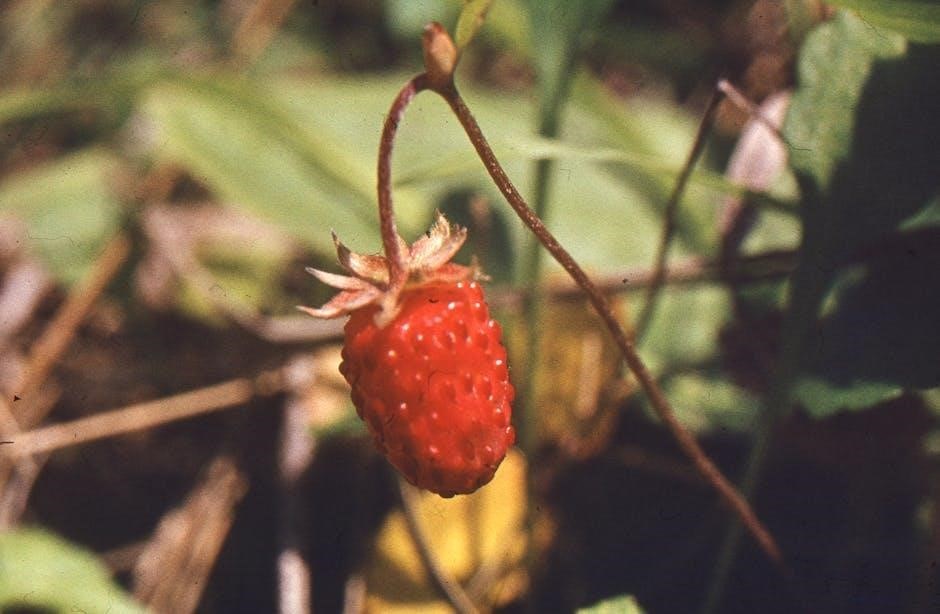
Identifying Wild Plants and Mushrooms
The Wild Food UK Foraging Pocket Guide simplifies identification with detailed photos and descriptions, covering over 120 species. Focus on key features like leaves, stems, and colors to ensure safe and accurate foraging.
Key Characteristics of Edible Plants
Identifying edible plants requires attention to shape, color, and growth habits. The Wild Food UK Foraging Pocket Guide highlights features like leaf shape, flower color, and stem texture. Look for distinctive patterns, such as lobed leaves or vibrant petals, to distinguish safe species. Cross-referencing with detailed descriptions and photos helps avoid confusion with poisonous lookalikes, ensuring confident and safe foraging experiences in the UK countryside.
Common Lookalikes and Poisonous Species
Wild food foraging requires caution due to poisonous species resembling edible plants. The Wild Food UK Foraging Pocket Guide provides cross-references to help identify harmful lookalikes. For example, certain mushrooms or plants may appear similar but pose serious health risks. Detailed descriptions and images aid in distinguishing safe species from dangerous ones, ensuring foragers can harvest confidently while avoiding potential hazards in the UK’s wild landscapes.
Preparing and Preserving Wild Food
The Wild Food UK Foraging Pocket Guide offers tips on preparing wild ingredients, including freezing, pickling, and drying. Simple recipes ensure safe and flavorful preservation year-round.
Simple Recipes for Wild Ingredients
Discover delicious ways to use foraged finds with simple recipes from the Wild Food UK Foraging Pocket Guide. Try infusing wild garlic into olive oil or making dandelion vinegar. These easy-to-follow ideas showcase the flavors of wild ingredients, perfect for enhancing meals and preserving seasonal bounty. The guide ensures even beginners can create tasty dishes while enjoying the fruits of their foraging adventures.
Preservation Techniques for Long-Term Use
Prolong the enjoyment of wild ingredients with practical preservation methods. The Wild Food UK Foraging Pocket Guide offers tips on freezing, pickling, and dehydrating foraged finds. Learn how to store wild garlic, berries, and mushrooms safely. These techniques ensure seasonal bounty can be savored year-round, while maintaining flavor and nutrition. Perfect for beginners, the guide provides clear instructions to make preservation easy and effective.
Sustainable Foraging Practices
Adopt responsible foraging habits to protect the environment. The Wild Food UK Foraging Pocket Guide emphasizes sustainable practices, ensuring eco-friendly harvesting without overexploiting wild resources, thus preserving biodiversity for future generations.
Responsible Foraging to Protect the Environment
Responsible foraging involves taking only what is needed, avoiding over-harvesting, and leaving enough for wildlife and future growth. The Wild Food UK Foraging Pocket Guide encourages eco-friendly practices, such as respecting legal guidelines and avoiding sensitive habitats. By identifying species accurately and harvesting sustainably, foragers can help preserve biodiversity and ensure wild food resources remain abundant for generations to come.
How to Avoid Over-Foraging
To avoid over-foraging, assess plant quantities before harvesting and never take more than 30% of a species in one area. Check for seasonal abundance and avoid damaging roots or habitats. Use tools like scissors for cutting stems to prevent tearing plants. The Wild Food UK Foraging Pocket Guide provides tips for sustainable practices, ensuring long-term availability of wild food while protecting ecosystems.
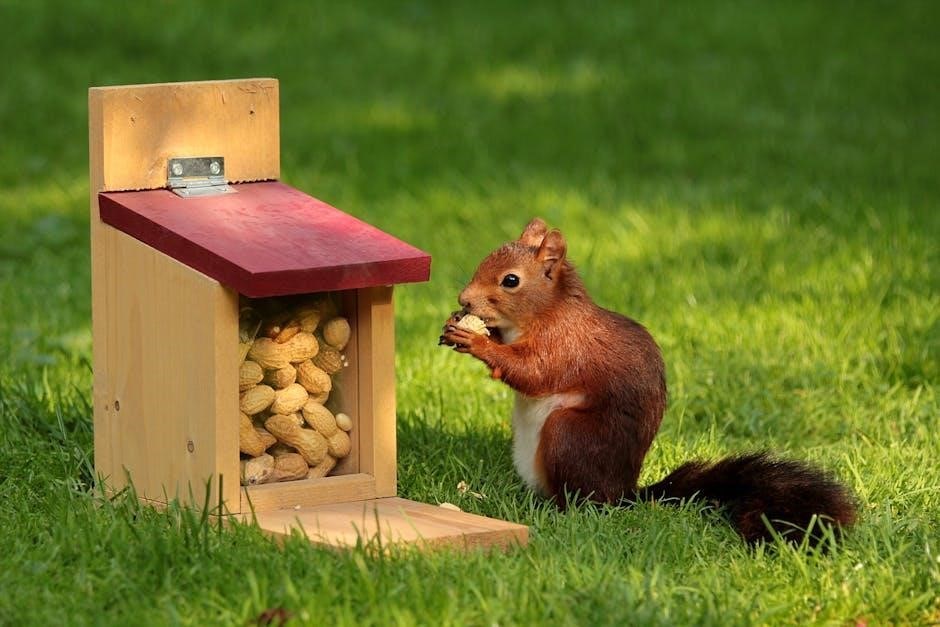
Common Mistakes to Avoid
Common mistakes include misidentifying plants, overharvesting, and ignoring local regulations. The Wild Food UK Foraging Pocket Guide helps avoid these errors by providing clear identification tips and sustainable practices for safe and responsible foraging experiences in the UK.
Misidentification of Plants and Mushrooms
Misidentifying wild plants and mushrooms can lead to serious health risks, including poisoning. The Wild Food UK Foraging Pocket Guide helps foragers accurately identify species by providing detailed descriptions and high-quality images, ensuring a safer and more enjoyable foraging experience. Cross-referencing with the guide’s content is essential to avoid confusing edible species with their poisonous lookalikes.
Overharvesting and Environmental Impact
Overharvesting wild plants and mushrooms can harm ecosystems and deplete species. The Wild Food UK Foraging Pocket Guide emphasizes sustainable practices, encouraging foragers to take only what is needed and avoid damaging habitats. Responsible foraging ensures the preservation of biodiversity and maintains the balance of nature, allowing wild food sources to thrive for future generations. This approach promotes environmental stewardship while enjoying the benefits of foraging.
Additional Resources for Foragers
The Wild Food UK Foraging Pocket Guide is a comprehensive handbook offering detailed photos and descriptions to help identify edible species safely and sustainably.
Recommended Field Guides and Apps
The Wild Food UK Foraging Pocket Guide is a must-have resource, offering detailed descriptions and photos of over 120 edible species. Its compact size makes it ideal for carrying on foraging trips, while its cross-referencing of poisonous plants ensures safety. This guide is complemented by apps like PlantNet and iNaturalist, which provide instant species identification and GPS mapping. Together, these tools empower foragers to explore and harvest wild food confidently and sustainably in the UK.
Online Communities and Workshops
The Wild Food UK Foraging Pocket Guide is complemented by online communities and workshops that foster learning and connection among foragers; Forums and social media groups dedicated to wild food enthusiasts provide valuable insights and tips. Workshops, both virtual and in-person, offer hands-on training in identification, safety, and sustainable practices. These resources, alongside the guide, empower individuals to enhance their foraging skills and build a community focused on sustainable wild food exploration in the UK.
Leave a Reply
You must be logged in to post a comment.